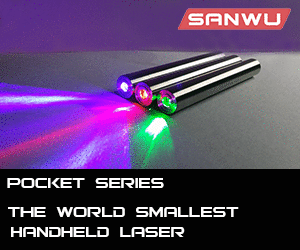The problem lies in oversaturation of the CCD.
Most cameras now can adjust exposure levels across the image (using software methods on the digital data) and in your case the boundry between the extremely bright area and the surrounding area is being handled as the less bright area causing the over exposure that still more software is identifying and turning it black. (Otherwise it would be a bright white glare. Back in the old days of tube based video cameras that was a common problem.)
There are a few different things you could try to better match the light levels between the different areas and the best way is for you to play with your camera a bit more. Read the manual that comes with it and try to decide which situation applies the best for your picture.
-> The "AUTO" setting is usually for the general masses who can't figure out how to use a camera. It covers most picture taking situations but doesn't do any of them well. That's why you have other settings available.
I would suggest a setting for bright light conditions. That would allow for a good picture of the brightest spot while it would make the area around appear much darker.
If you are trying to get a good beam shot then don't include the end bright spot in your picture, set for a low light level, turn off the lights, and add a bit of mist of some sort to highlight the beam. A longer exposure will make for a good shot and you could have some fun with movements in the picture too.
That's my take on it.
Probably not remembring a bunch of stuff though.
Someone else might add more...
Oh. BTW. Don't ever apologize for your life showing in the pictures. Everyone has one. Most would only care about the topic of interest anyways. Have you seen some of the other pictures posted ? With time you will get better at taking pictures of what you want. Besides, there's always photo manipulation software.
:yh:








